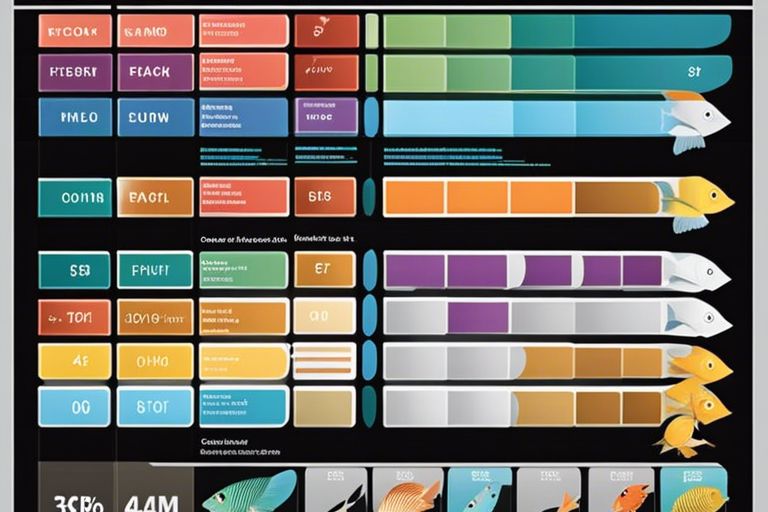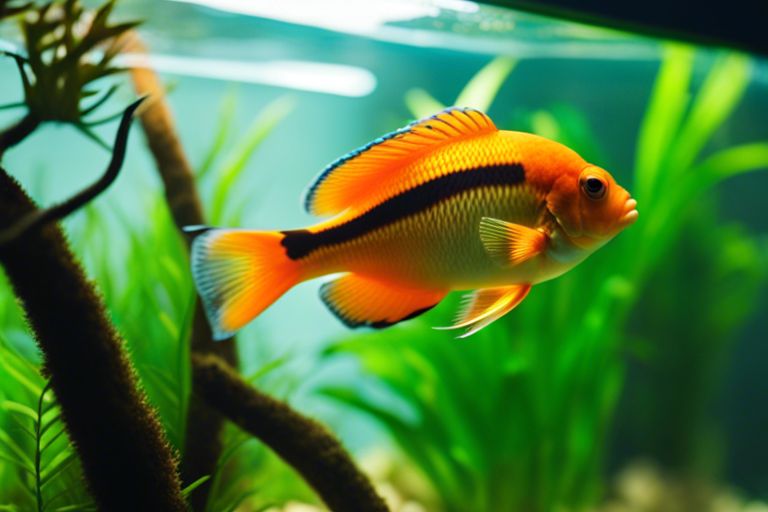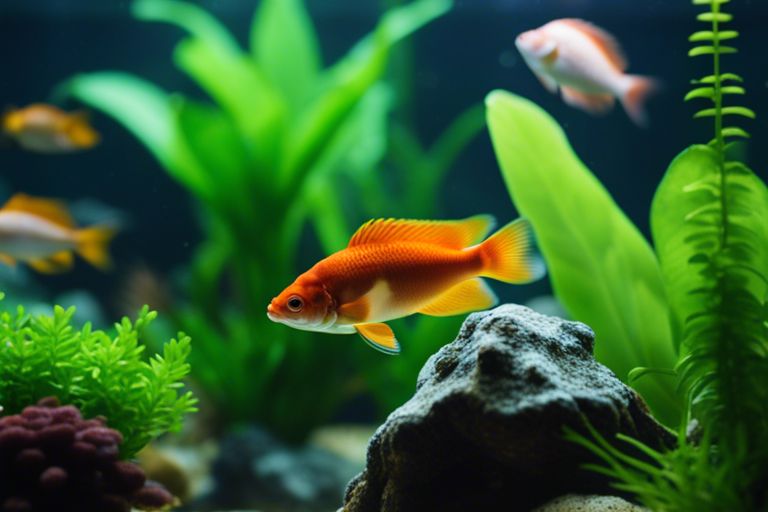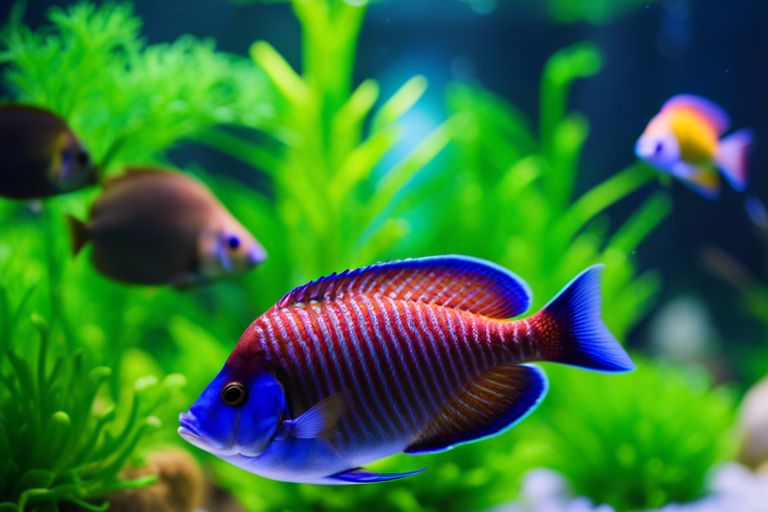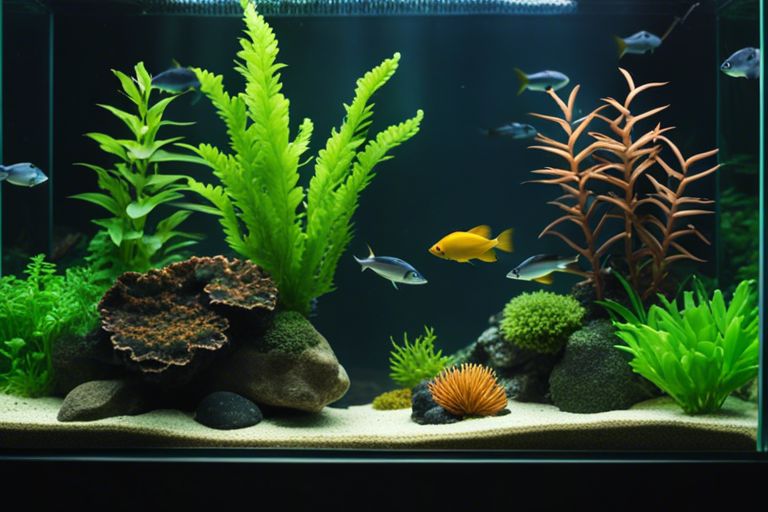Compatible freshwater fish species can make or break the harmony of your aquarium. As a beginner, navigating the world of aquarium fish can be overwhelming, but with the right information and guidance, you can create a thriving aquatic community. In this guide, we will walk you through the importants of selecting freshwater fish species that are compatible with each other, ensuring a peaceful and balanced tank environment. From understanding fish compatibility and behavior to considering tank size and water parameters, this guide will equip you with the knowledge you need to make informed decisions and create a harmonious underwater ecosystem for your aquatic pets.
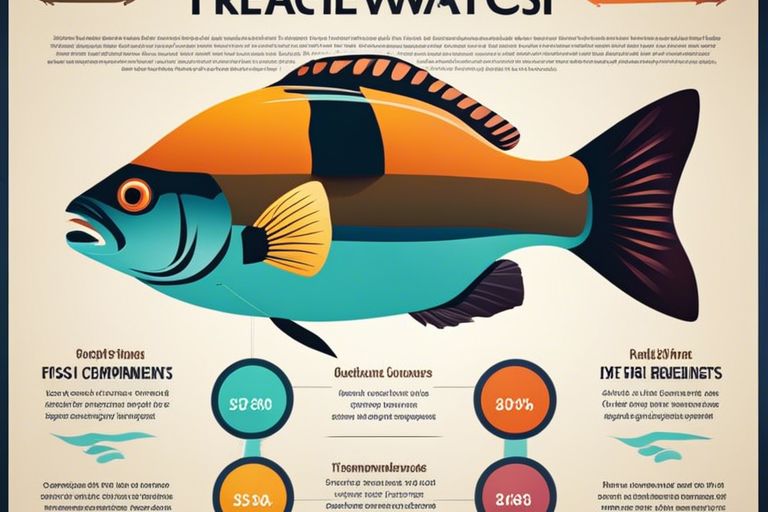
Understanding Different Types of Freshwater Fish
While selecting freshwater fish for your aquarium, it’s crucial to understand the different types of freshwater fish available. By categorizing them into community, semi-aggressive, and aggressive fish species, you can better plan a compatible tank environment. Each type has its own unique characteristics and requirements that should be considered before making a decision.
| Community Fish | Semi-Aggressive Fish |
| Peaceful and social | Can show aggression towards smaller tank mates |
| Get along well with other fish | May need more space and hiding spots |
| Wide variety of species available | Not suitable for all community tanks |
| Example: Neon Tetras, Guppies | Example: Angelfish, Rainbowfish |
| Suitable for beginners | Require some experience in fishkeeping |
Community Fish Species
Even though community fish species are generally peaceful and get along well with others, it is imperative to research each species’ specific requirements to ensure harmony in your aquarium. They can add color and activity to your tank, creating a lively aquatic environment.
Semi-Aggressive Fish Species
Clearly, semi-aggressive fish species have a bit more attitude than community fish. They may display territorial behavior and can sometimes bully smaller or less assertive tank mates. It’s important to provide plenty of hiding spaces and room to establish territories to reduce aggression within the tank.
Fishkeepers should observe the dynamics within the tank and be prepared to intervene if necessary. Keeping semi-aggressive species requires a bit more experience and attention compared to community fish.
Aggressive Fish Species
The selection of aggressive fish species for your aquarium should be done carefully. These fish can exhibit territorial behavior, chasing and even attacking other tank mates. It’s crucial to provide enough space and hiding spots in the tank to reduce aggression levels. Some aggressive species also have specific tank requirements that should be met to ensure their well-being.
Aggressive fish species are not recommended for beginner fishkeepers, as they require more understanding and expertise to manage their behavior and maintain a harmonious tank environment. Research each species thoroughly before adding them to your aquarium.
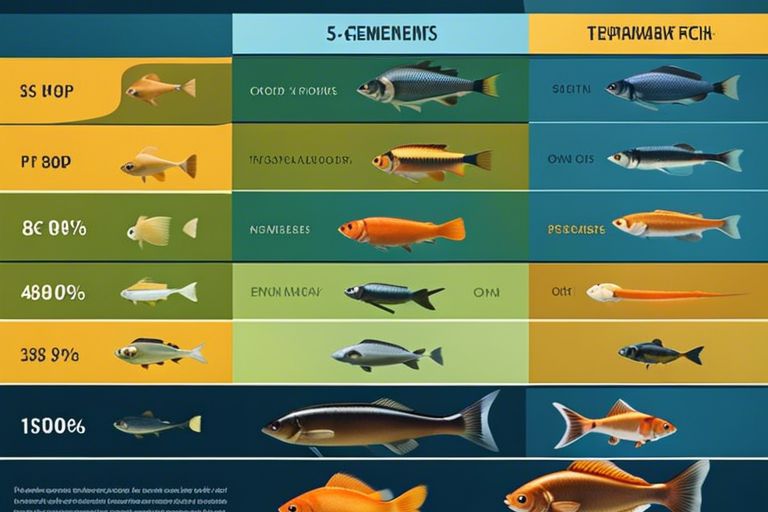
Factors to Consider When Choosing Fish
Clearly, there are several factors to keep in mind when selecting compatible freshwater fish species for your aquarium. It is important to consider the following:
- Aquarium Size and Capacity
- Water Parameters and Maintenance
- Fish Behavior and Temperament
- Diet and Nutrition Needs
Aquarium Size and Capacity
Starting with the basics, the size of your aquarium directly impacts the number and types of fish you can keep. Overcrowding can lead to stress, aggression, and poor water quality. Be sure to check the adult size of the fish species you are interested in and provide adequate space for them to thrive.
Water Parameters and Maintenance
Now, maintaining proper water parameters is crucial for the health of your fish. Factors like temperature, pH level, ammonia, nitrite, and nitrate levels should be regularly monitored and adjusted as needed. It is important to establish a consistent maintenance routine, including water changes and filter cleanings, to ensure a stable environment for your fish.
It is also recommended to test your water regularly using a reliable aquarium test kit to ensure the parameters are within the acceptable range for your chosen fish species.
Fish Behavior and Temperament
There’s more to compatibility than just water conditions. Each fish species has its own behavior and temperament, which can impact their interactions with other tank mates. Some fish are peaceful, while others are more aggressive or territorial. It is crucial to research the behavioral traits of the fish you are considering to avoid potential conflicts in your aquarium.
Parameters such as swimming level preferences, feeding habits, and territorial instincts should be taken into account when selecting compatible fish species for your tank.
Diet and Nutrition Needs
Size matters when it comes to diet and nutrition needs. Different fish species have varied dietary requirements, including omnivores, herbivores, and carnivores. It is important to provide a well-balanced diet to meet the nutritional needs of all your fish.
Another important factor to consider is the size of the fish’s mouth and its ability to consume certain types of food. Offering a variety of high-quality flake, pellet, freeze-dried, and live foods can help ensure your fish receive adequate nutrition to support their health and vitality.
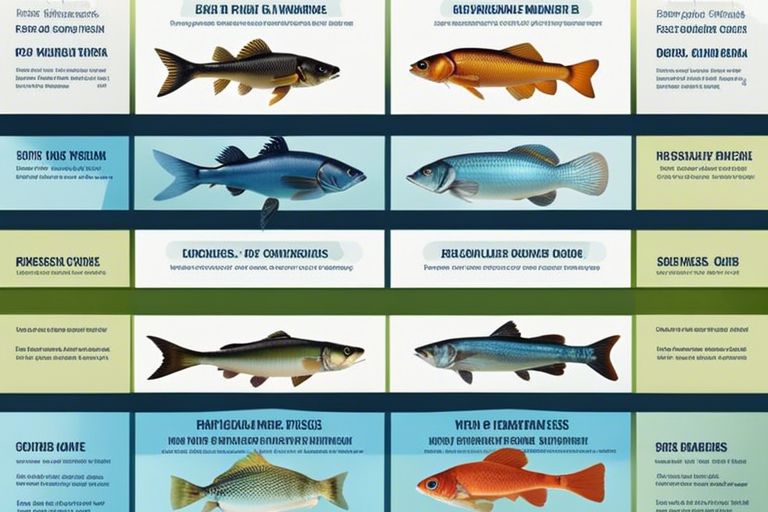
Step-by-Step Guide to Selecting Compatible Fish
Many factors need to be considered when choosing freshwater fish for your aquarium to ensure they are compatible with each other. Below is a table outlining key considerations for selecting compatible fish species:
| Size | Consider the adult size and growth rate of each fish species to prevent aggression and competition for space. |
| Water Parameters | Ensure that the fish you choose have similar temperature, pH, and water hardness requirements for optimal health. |
| Behavior | Research the temperament and social behavior of each species to avoid conflicts and ensure a harmonious tank environment. |
Tips for Mixing Different Species
Assuming you have selected compatible fish species, it is vital to observe their behavior closely after introducing them to the tank. Keep an eye out for any signs of aggression, bullying, or stress among the fish. Recognizing and addressing any issues early can help prevent potential conflicts and maintain the well-being of your aquatic pets.
How to Introduce New Fish to the Aquarium
Guide the acclimation process carefully when introducing new fish to your aquarium. It is crucial to acclimate them slowly to prevent shock due to differences in water parameters. Gradually introduce them to the tank environment over a period of time to allow them to adjust and reduce the risk of stress-related illnesses. It is also recommended to quarantine new fish before adding them to an established tank to prevent the spread of diseases.
Pros and Cons of Popular Freshwater Fish Combinations
| Pros | Cons |
| Beautiful and diverse tank display | Potential for aggression and incompatible behavior |
| Increased activity and social interaction | Risk of spreading diseases between species |
| Opportunity for natural symbiotic relationships | Complexity in meeting various species’ specific care needs |
| Enhanced ecosystem balance | Possible competition for food and territories |
Peaceful Community Tanks
Assuming you are interested in creating a peaceful community tank, it is vital to choose freshwater fish species known for their peaceful temperament. Some popular choices include neon tetras, corydoras catfish, and guppies. These species tend to coexist harmoniously and create a visually appealing tank environment.
Themed Aquatic Settings
Any themed aquatic setting involves carefully selecting freshwater fish species that naturally complement each other and fit the theme you desire. For example, creating a South American biotope may include angelfish, discus, and tetras to mimic the Amazon River ecosystem. It is crucial to research each species’ specific requirements to ensure they coexist well in a themed tank.
Community aquariums with a theme can be a stunning addition to any living space. By selecting freshwater fish species that naturally occur together in the wild or have similar environmental needs, you can create a cohesive and visually appealing underwater world.
To wrap up
Now you have learned the crucial factors to consider when choosing compatible freshwater fish species for your aquarium. By taking into account fish size, behavior, water parameters, and tank mates, you can create a harmonious and thriving aquatic environment. Remember to research each species thoroughly and consult with experts before making any decisions. By following these guidelines, you can ensure the health and happiness of your fish, leading to a beautiful and balanced aquarium for years to come. Happy fishkeeping!
FAQ
Q: Why is choosing compatible freshwater fish species important?
A: Choosing compatible freshwater fish species is crucial to maintain a harmonious and healthy aquarium environment. Incompatible fish can lead to aggression, stress, and even death.
Q: What factors should I consider when selecting freshwater fish species for my aquarium?
A: When choosing freshwater fish species, consider factors such as fish size, temperament, water temperature, water pH, and tank size compatibility.
Q: How can I ensure that the freshwater fish species I choose are compatible with each other?
A: Researching and understanding the specific needs and behaviors of different fish species is imperative. Consulting with a knowledgeable aquarium expert or utilizing online resources can also help in making informed decisions.
Q: Can I mix different species of freshwater fish in the same aquarium?
A: Yes, you can mix different species of freshwater fish in the same aquarium, but it is important to choose species that are compatible in terms of size, temperament, and water parameters.
Q: What are some examples of compatible freshwater fish species that can coexist peacefully?
A: Some examples of compatible freshwater fish species include neon tetras, guppies, and Corydoras catfish. These species are known for their peaceful nature and ability to coexist well with other fish.
Q: How can I introduce new fish to an existing aquarium to ensure compatibility?
A: When introducing new fish to an existing aquarium, quarantine the new fish in a separate tank to observe for any signs of illness or aggression. Slowly acclimate the new fish to the aquarium environment to reduce stress and aggression from existing fish.
Q: What should I do if I notice aggression or compatibility issues among freshwater fish in my aquarium?
A: If you notice aggression or compatibility issues among freshwater fish in your aquarium, consider separating the aggressive fish, rearranging tank decorations to create new territories, or adding more hiding spots to reduce stress. If issues persist, seek advice from a professional aquarium specialist.
